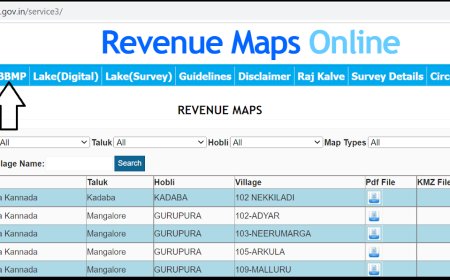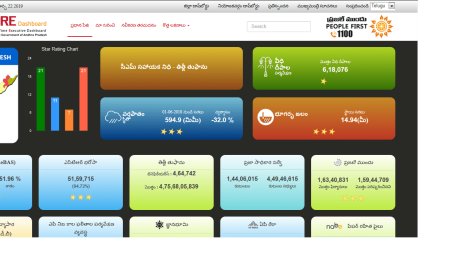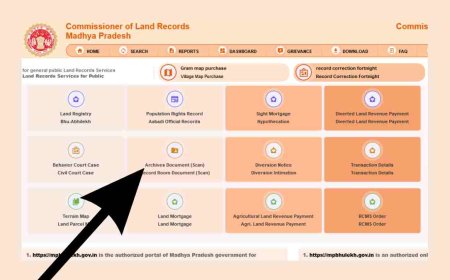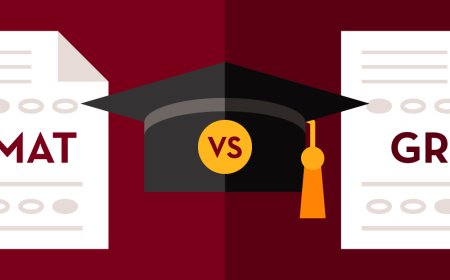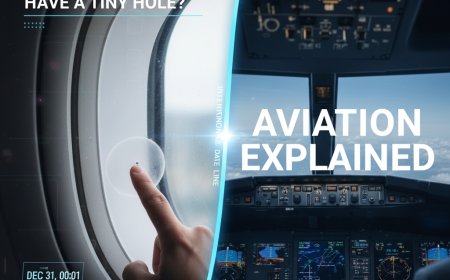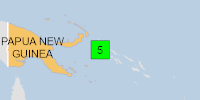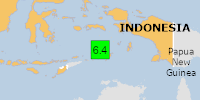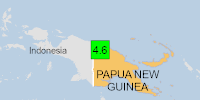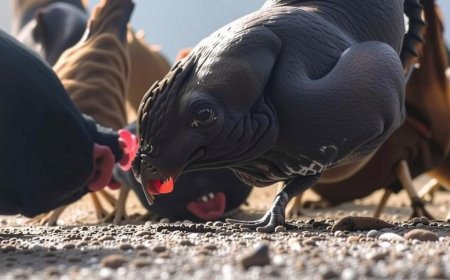Rare Images Capture Interstellar Comet’s Dazzling Dance Near Mars | TNNEWS
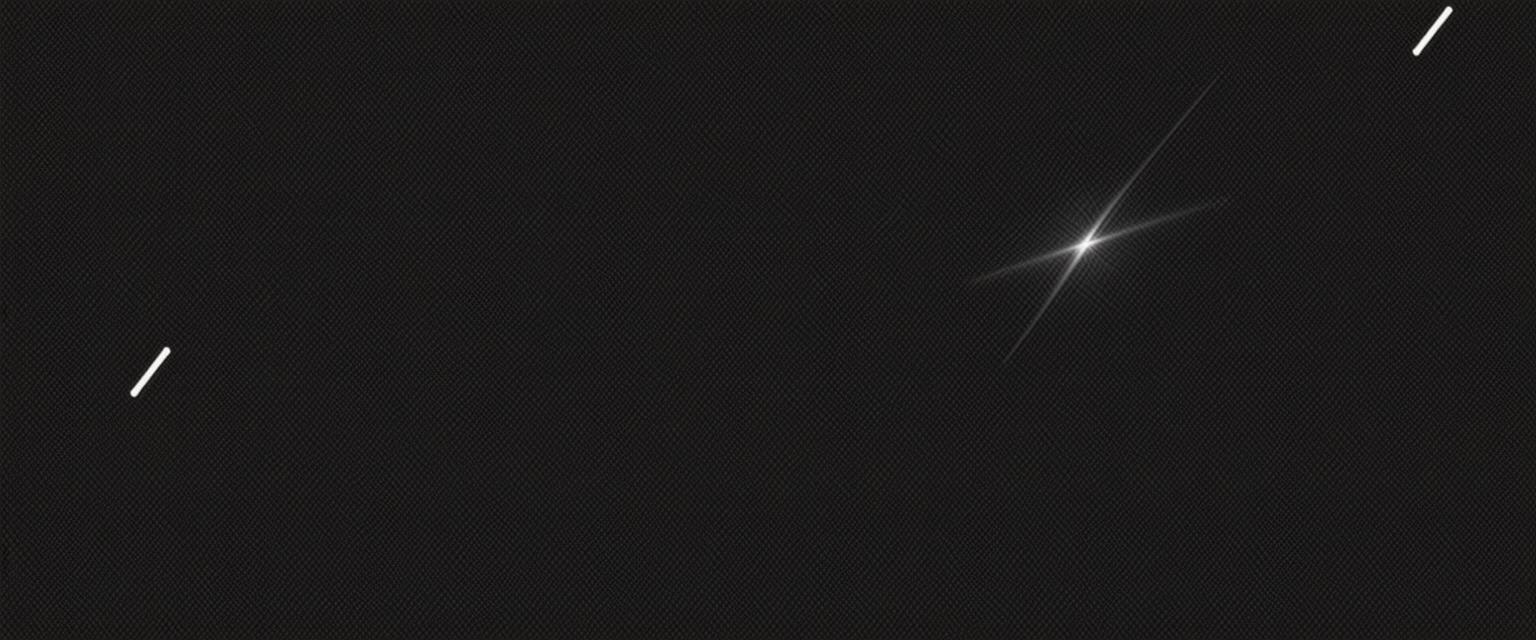

Interstellar Comet 3I/ATLAS Captured Near Mars
Last week, a unique interstellar comet, only the third of its kind to be confirmed in our solar system, was photographed as it neared Mars, according to the European Space Agency.
Comet’s Journey Documented by Mars Orbiters
On Friday, two orbiters around Mars captured images of the comet, known as 3I/ATLAS. The comet appeared as a bright, fuzzy white dot moving against a backdrop of distant stars, approximately 18.6 million miles from Mars. NASA has assured that the comet poses no threat to Earth.
Challenges in Observing the Comet
“Observing this comet was quite challenging for our instruments,” stated Nick Thomas, the principal investigator for the CaSSIS camera, in a statement. “The comet is significantly fainter than our usual targets, by a factor of 10,000 to 100,000 times.”
ExoMars TGO image of comet 3I/ATLAS / Credit: European Space Agency

Tracking the Comet’s Path
Since its discovery in July, 3I/ATLAS has been photographed multiple times. In early August, images from the Hubble Space Telescope, taken from about 277 million miles away, were shared by NASA and the European Space Agency.
Recently, a new image revealed the comet’s growing tail as it travels through our solar system from another star system.
Future Observations and Analysis
NASA predicts that the comet will make its closest approach to the sun in late October, passing between the orbits of Mars and Earth. It is expected to remain visible through September before becoming too close to the sun to observe, reappearing on the opposite side in early December.
The European Space Agency announced that scientists will continue analyzing data from both orbiters, aiming to detect the faint comet by combining multiple images from Mars Express.
Rarity of Interstellar Comets
Astronomers note that interstellar comets are extremely rare. Only two others have been confirmed: 1I/’Oumuamua in 2017 and 2I/Borisov in 2019.
What's Your Reaction?
 Like
0
Like
0
 Dislike
0
Dislike
0
 Love
0
Love
0
 Funny
0
Funny
0
 Angry
0
Angry
0
 Sad
0
Sad
0
 Wow
0
Wow
0





